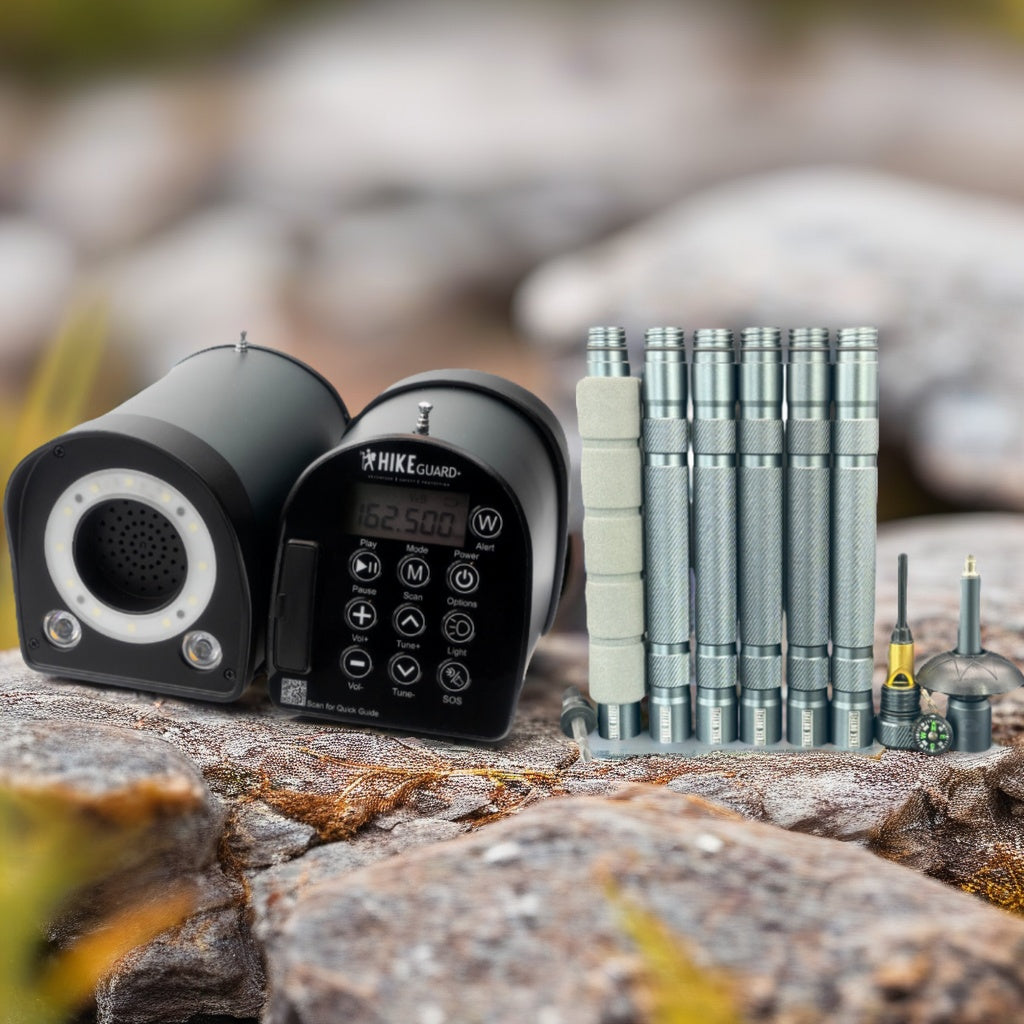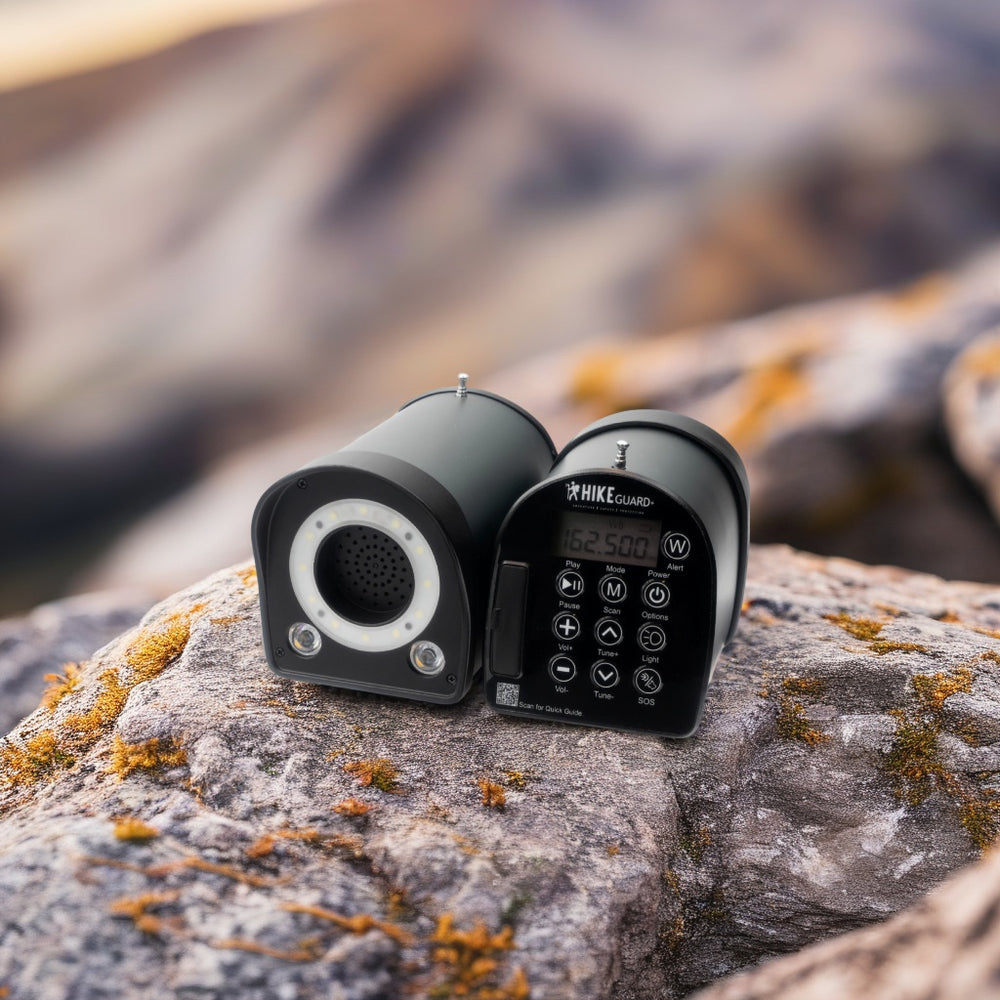Essential First Aid Skills for Outdoor Adventures
When embarking on outdoor adventures, it's crucial to be prepared for any situation that might arise. Understanding essential first aid skills can make a significant difference in handling emergencies and ensuring safety. Here are some vital first aid tips every adventurer should know.
1. Understanding Basic First Aid Principles:
- Assess the Situation: Before providing aid, ensure the area is safe for you and the injured person. Check for hazards such as falling rocks, wildlife, or unstable ground.
- Stay Calm and Focused: Keep calm to think clearly and act efficiently. Panic can worsen the situation.
- Check Responsiveness: Gently tap the person and ask if they are okay. If there is no response, call for help immediately.
2. First Aid Kit Essentials: Ensure your first aid kit is well-stocked and includes:
- Adhesive bandages of various sizes
- Sterile gauze pads and adhesive tape
- Antiseptic wipes and ointment
- Tweezers and scissors
- Pain relievers and antihistamines
- Emergency blanket
- Splint materials
3. Treating Common Injuries:
- Cuts and Scrapes: Clean the wound with antiseptic wipes, apply an antibiotic ointment, and cover with a bandage.
- Sprains and Strains: Apply the RICE method—Rest, Ice, Compression, and Elevation. Use a splint or bandage for support.
- Burns: Cool the burn with running water for at least 10 minutes. Cover with a sterile, non-stick dressing.
- Insect Bites and Stings: Remove the stinger if present, clean the area, apply a cold pack, and use antihistamines to reduce swelling and itching.
4. CPR and Rescue Breathing: Knowing CPR and rescue breathing can save lives in critical situations:
- CPR: If the person is not breathing, perform chest compressions at a rate of 100-120 compressions per minute.
- Rescue Breathing: Give two rescue breaths after every 30 compressions.
5. Preventing Hypothermia and Heat Exhaustion:
- Hypothermia: Keep the person warm, dry, and covered with an emergency blanket. Provide warm fluids if conscious.
- Heat Exhaustion: Move the person to a cooler place, provide water, and apply cool, damp cloths to the skin.
6. Training and Certification: Consider taking a first aid and CPR course from a certified organization. Hands-on training can enhance your confidence and skills in handling emergencies.
Gear Highlight: Trek Outfit 20-in-1 Tactical Survival Bracelet 
- Price: $14.99
- Link: 20-in-1 Tactical Survival Bracelet - 2 Pack
Equip yourself with the Trek Outfit 20-in-1 Tactical Survival Bracelet. This versatile tool includes a compass, fire starter, whistle, and more, providing essential survival gear right on your wrist.
Order now and be prepared for any adventure with the 20-in-1 Tactical Survival Bracelet!





Leave a comment